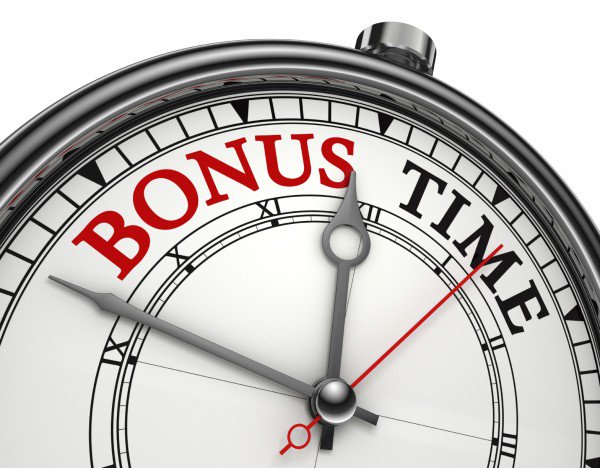Keeping Up With the Cravathians: The Ten Most Generous (or Foolish?) Law Firms
Cravath is among the most profitable firms in the world. We thought it would be interesting to see what the implications of matching Cravath are for those firms with much lower profit margins. Which firms’ partners willingly take the biggest hit by keeping up? Are these firms arguably more “generous”? After the jump, check out those firms that pay the largest percentage of PPP in bonuses....
This morning’s news that Boies Schiller is making a mockery of the Cravath bonus scale simply reinforces the prevailing view (pace David Lat) around here that the 2011 Cravath bonus scale is fundamentally unfair.
Agreeing on this point is former Kirkland & Ellis partner Steven Harper (whose apparent pro-associate stance may make him a sort of Biglaw apostate). As Harper points out, “equity partner profit trees have resumed their growth to the sky. As the economy struggled, Cravath’s average partner profits increased to $2.7 million in 2009 and to $3.17 million in 2010 … That’s not ‘treading water.’ It’s returning to 2007 profit levels — the height of ‘amazing’ boom years that most observers had declared gone forever. Watch for 2011 profits to be even higher.”
And yet associate bonuses remain stagnant at 2009 levels. Furthermore, as ATL commenter “The Cravath Cut” is so fond of noting, when viewed as a percentage of profits, bonuses appear especially measly, at least from the associate p.o.v. (The current $7,500 market rate for first-years is just 0.23% of Cravath’s profits per partner. Back in 2007, first-year bonuses equalled 1.36%.) Despite these numbers, if history has taught us anything, it is that you can kill anyone Biglaw’s rank and file will follow Cravath’s lead.

Is The Future Of Law Distributed? Lessons From The Tech Adoption Curve
Cravath is among the most profitable firms in the world. We thought it would be interesting to see what the implications of matching Cravath are for those firms with much lower profit margins. Which firms’ partners willingly take the biggest hit by keeping up? Are these firms arguably more “generous”? After the jump, check out those firms that pay the largest percentage of PPP in bonuses.
Please note that we considered only those firms with transparent lockstep (or nearly so) bonus scales. We’ve left out many firms with merit-based (or simply opaque) compensation formulas. The “score” is simply last year’s first-year bonus amount (including the 2011 spring bonuses) expressed as a percentage of the firm’s PPP. Also, obviously, we’ve made the assumption that the firms will repeat their behavior from last year and again pay “market” bonuses.
Sponsored

The Business Case For AI At Your Law Firm


Is The Future Of Law Distributed? Lessons From The Tech Adoption Curve

Legal AI: 3 Steps Law Firms Should Take Now

The Business Case For AI At Your Law Firm

There are at least two ways of looking at this group. The partners are (a) willing to share the wealth with the associates and/or (b) so keen on retaining membership (or the appearance of membership) among Biglaw’s elite that they make dubious business decisions. Are these interpretations mutually exclusive?
In any event, here are the Top 10 in our “Partner Generosity Rankings” (or, alternatively, the “Irrational Wannabe Rankings”):
Sponsored

Navigating Financial Success by Avoiding Common Pitfalls and Maximizing Firm Performance

Early Adopters Of Legal AI Gaining Competitive Edge In Marketplace








